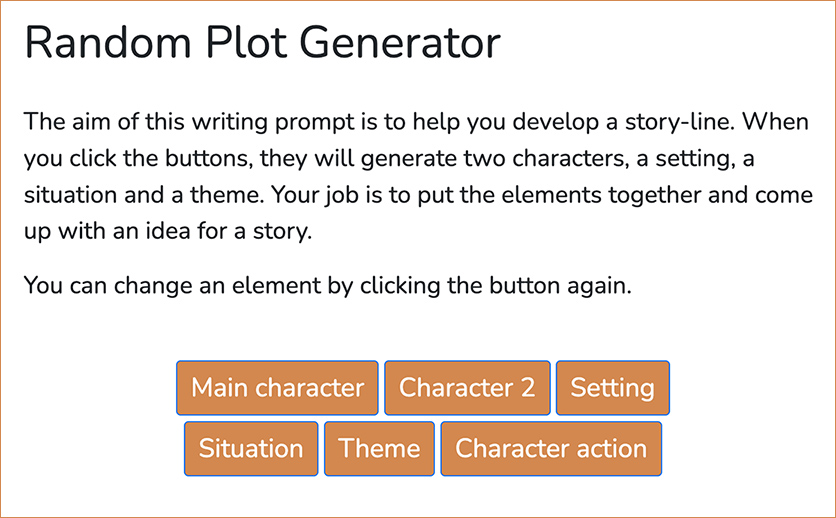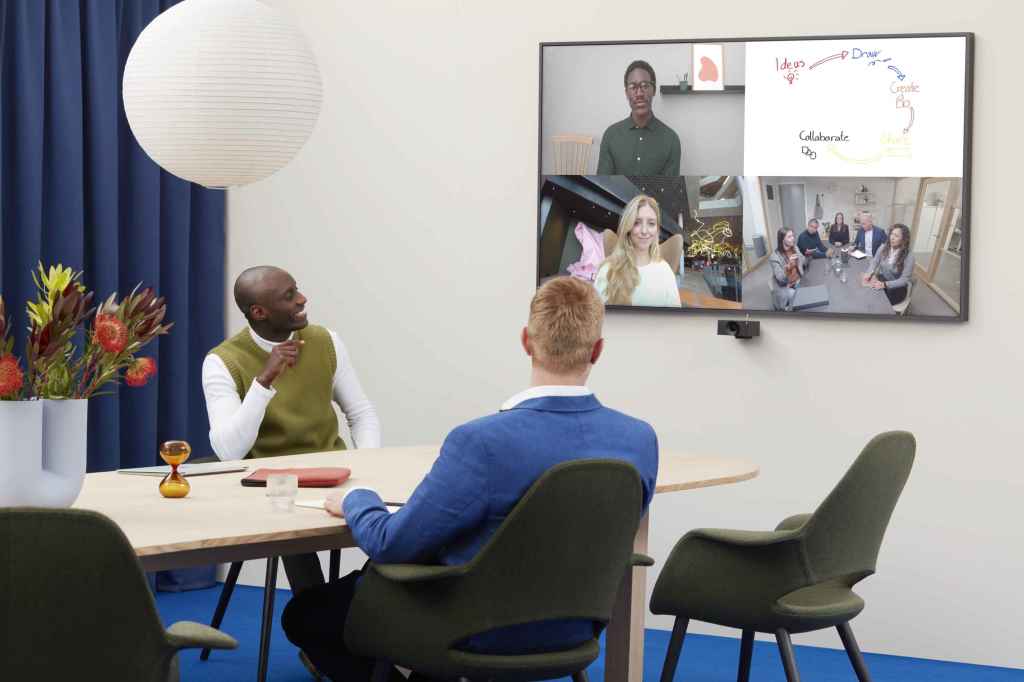10 Ways to Give a Better Lecture — from cultofpedagogy.com by Jennifer Gonzalez
Excerpt:
It would be an understatement to say that lecturing is frowned upon in modern teaching. At this point it’s almost become a cliché: Don’t be the sage on the stage; be the guide on the side. Ideally, we should stick to supporting students through inquiry learning, cooperative learning, project-based learning, and so on. I have personally advocated for ALL of these approaches, over and over again. And I do believe that students need to be active in their learning.
But does that mean we dump lectures altogether? At a time when TED Talks and online courses are incredibly popular, when our students get at least some portion of their instruction through video-based, blended learning platforms, and when most people reading this have probably learned something useful or interesting in the last month from YouTube, aren’t we all learning from lectures all the time?
I’d argue that two factors have given lectures a bad name: overuse and poor execution. Let’s look at these issues one at a time.














/cloudfront-us-east-2.images.arcpublishing.com/reuters/VC6OEOGOOFDENO7BIW6JR6RGBU.jpg)
